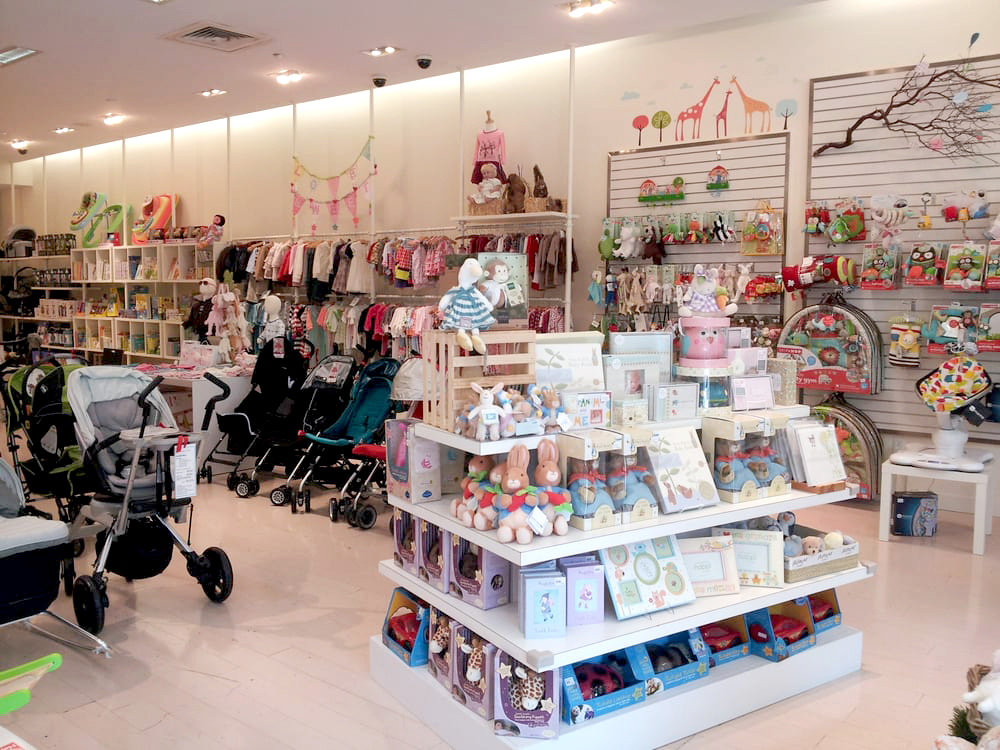Behind the Buy: An inside look into the world of buyers
Last August at Playtime New-York, Earnshaw's and Playtime teamed up to hold a seminar on getting into childrenswear buyers' mindset. Buyers from department stores, boutiques and e-commerce gave us insights into their processes and needs when navigating this challenging retail landscape. Jennifer Cattaui, the seminar's host, has reported for us the key lessons.
“Do your homework,” says Adrian East, owner of Adrian East children’s boutique in Bronxville, NY. This is the cardinal rule agreed all buyers on the panel at Playtime New York’s August seminar Being the Buyer which took place in concert with the New York trade show. “Don’t play the numbers game and send out a constant contact to pitch your brand,” agrees Sandy Sidoti of Boston-based boutique Bringing Up Baby. Buyers’ email boxes are overloaded as it is: Jeannie Yoon of Jeannie N Mini in Irvine, CA estimates that she’s fielding 150 emails a day.

Buyers agree that a personalized contact that shows that you know and understand the store, its style, point of view and brand mix is essential to get their attention. “I never buy sequins, big bows and tutus, so don’t pitch me the things that don’t make sense considering my store and my mix,” says East whose boutique tends toward classic upscale styles from Italy and France. Sidoti adds, “Don’t send an email with paragraphs of texts and a Dropbox link.” Given the volume of emails, your message has to be conveyed in seconds, often visually. “Embed a photo at the top of the email: make it the best, most appropriate image to catch the attention of the store,” Sidoti suggests.
As different stores work differently, a good way to start: contact the store or go to their site to understand how they prefer to be pitched. While some don’t mind a scheduled in-person meeting, many prefer email as the first step. Still others will respond quicker if you reach out via social media, like with a DM through Instagram. Just again, make sure your brand truly fits the store’s mix and it’s not just a recognized “good store” from a list that your pitching blindly.

Yoon notes that seeing a sample is very important. But she cautions, “Don’t just send a sample without including a return label, or an indication that the sample can be kept.” All buyers appreciate how expensive and precious samples are but when they are unsolicited, buyers don’t know what to do with them and spend time and resources tracking and caring for them.

When buying in the international market East says landed prices are key. “I also have to know shipping ahead of time,” adds Yoon, as the store’s potential pricing and profit will have to be weighed against willingness to pay from a consumer’s perspective. Predictability and transparency of cost is essential for buyers to evaluate your brand and determine whether it will be a fit.
Any retailer-manufacturer relationship should be symbiotic and so things can get sticky when it comes to sales. “Communicate with me,” implores Sidoti. “Let me know before you go on sale and give me a chance to buy in first.” Consumers do comparison shop these days so buyers don’t want to be surprised by the brand’s own sales. “Also if you have extra fabric and decide to cut a dress for a discount site, it damages both your brand and my business,” notes East.
“It’s hard for me to sell a $200 dress and then see a similar one by the brand on Zulily or Gilt for $100. Even if it’s different, my customer may not appreciate the nuances, and it makes it look like we are gauging.” Manufacturers need to be upfront and anticipate how all of these distribution vehicles affect the brand integrity and retailers that represent the brand. If there’s proper communication all parties can decide the right path forward.
Once the brand is on the shelf, notes Yoon, it’s time to analyze. “Every week I run a report on top performing brands by profit and top performing departments. I then compare with space allocation,” she notes. Higher performing brands will command more of her store budget. If she sees a brand that is underperforming, she will move it 3 times. If it still doesn’t perform she reevaluates it as part of her mix. This method has helped her refine her selection over her 8 Years in business. Says Yoon, “As a result of this I cut certain categories and invested in others. It was hard but ultimately it was worth it.”
Playtime New York’s seminar series is sponsored by Earnshaw’s magazine.















